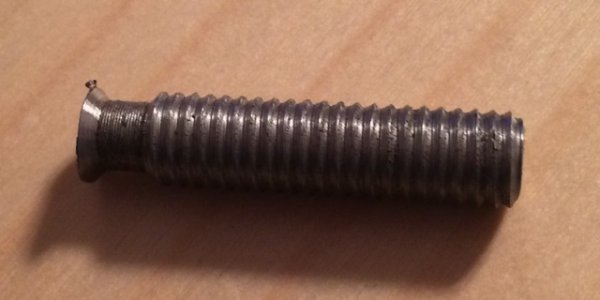On my Force International lathe, which seems to not be a 'basic' model, as it has a power feed bar and a thread screw for the saddle, and an interlock between the power feed lever on the saddle and the half-nut lever. However, the saddle does not have a clutch lever.
For making a relief cut or a smaller diameter part in the middle of a shaft, should I stop/restart the lathe when engaging and disengaging the power feed lever because it has no separate clutch lever? Or would it just be part of the machines design to permit engaging/disengaging it with the lathe running?
For making a relief cut or a smaller diameter part in the middle of a shaft, should I stop/restart the lathe when engaging and disengaging the power feed lever because it has no separate clutch lever? Or would it just be part of the machines design to permit engaging/disengaging it with the lathe running?



 Steve Shannon, P.E.
Steve Shannon, P.E.